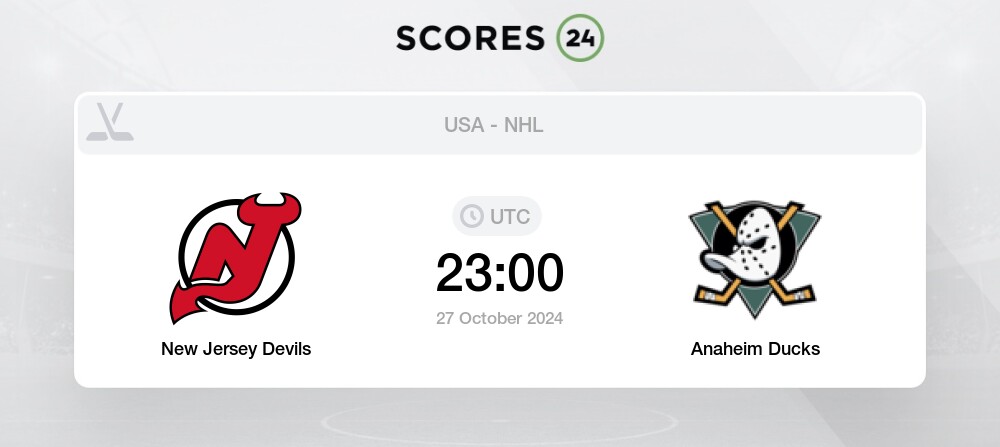Multi-hazard assessment is needed to understand compound risk. Yet, modelling of multiple climate hazards has been limitedly applied at the global scale to date. Here we provide a first comprehensive assessment of global population exposure to hydro-meteorological extremes-floods, drought and heatwaves-under different temperature increase targets. This study shows how limiting temperature increase to 1.5 and 2 °C, as for the goals of the Paris Agreement, could substantially decrease the share of global population exposed compared to a 3 °C scenario. In a 2 °C world, population exposure would drop by more than 50%, in Africa, Asia and the Americas, and by about 40% in Europe and Oceania. A 1.5 °C stabilization would further reduce exposure of about an additional 10% to 30% across the globe. As the Parties of the Paris Agreement are expected to communicate new or updated nationally determined contributions by 2020, our results powerfully indicate the benefits of ratcheting up both mitigation and adaptation ambition.
‘Will the Paris Agreement protect us from hydro-meteorological extremes?’
Farinosi F.;Dosio A.;Calliari E.;Seliger R.;Alfieri L.;Naumann G.
2020-01-01
Abstract
Multi-hazard assessment is needed to understand compound risk. Yet, modelling of multiple climate hazards has been limitedly applied at the global scale to date. Here we provide a first comprehensive assessment of global population exposure to hydro-meteorological extremes-floods, drought and heatwaves-under different temperature increase targets. This study shows how limiting temperature increase to 1.5 and 2 °C, as for the goals of the Paris Agreement, could substantially decrease the share of global population exposed compared to a 3 °C scenario. In a 2 °C world, population exposure would drop by more than 50%, in Africa, Asia and the Americas, and by about 40% in Europe and Oceania. A 1.5 °C stabilization would further reduce exposure of about an additional 10% to 30% across the globe. As the Parties of the Paris Agreement are expected to communicate new or updated nationally determined contributions by 2020, our results powerfully indicate the benefits of ratcheting up both mitigation and adaptation ambition.
{% } %}
{%# o.licenseName %}
There are no files associated with this product.
Please use this identifier to cite or link to this item:
‘);
$.ajax({
url: ‘/itemExternalCitation/pmc/get.json’,
dataType: ‘json’,
data: { discriminator: ‘pmc’, itemId: ‘ec6cbf7b-800e-4140-8c55-09f1bb587065’, forceUpdate: forceUpdate }
}).done(function(adata) {
$(‘#pmcCitedResultTotal’).tooltip(‘dispose’);
$(‘#pmcCitedResultTotal’).prop(“onclick”, null).off(“click”);
if (adata.total==null){
$(‘#pmcCitedResultTotal’).html(‘ND’);
} else {
$(‘#pmcCitedResultTotal’).html(adata.total);
}
var year=new Date().getFullYear();
pmcChartData[0] = (adata.yearTotalMap[”+(year-5)]!=null ? adata.yearTotalMap[”+(year-5)] : 0);
pmcChartData[1] = (adata.yearTotalMap[”+(year-4)]!=null ? adata.yearTotalMap[”+(year-4)] : 0);
pmcChartData[2] = (adata.yearTotalMap[”+(year-3)]!=null ? adata.yearTotalMap[”+(year-3)] : 0);
pmcChartData[3] = (adata.yearTotalMap[”+(year-2)]!=null ? adata.yearTotalMap[”+(year-2)] : 0);
pmcChartData[4] = (adata.yearTotalMap[”+(year-1)]!=null ? adata.yearTotalMap[”+(year-1)] : 0);
pmcChartData[5] = (adata.yearTotalMap[”+year]!=null ? adata.yearTotalMap[”+year] : 0);
drawChart();
}).always(function(adata){
//console.log(‘end pmcUpdateCitation’);
runningExternal=false;
});
}
11
‘);
$.ajax({
url: ‘/itemExternalCitation/scopus/get.json’,
dataType: ‘json’,
data: { discriminator: ‘scopus’, itemId: ‘ec6cbf7b-800e-4140-8c55-09f1bb587065’, forceUpdate: forceUpdate }
}).done(function(adata) {
$(‘#scopusCitedResultTotal’).tooltip(‘dispose’);
$(‘#scopusCitedResultTotal’).prop(“onclick”, null).off(“click”);
if (adata.total==null){
$(‘#scopusCitedResultTotal’).html(’11’);
} else {
$(‘#scopusCitedResultTotal’).html(adata.total);
}
var year=new Date().getFullYear();
scopusChartData[0] = (adata.yearTotalMap[”+(year-5)]!=null ? adata.yearTotalMap[”+(year-5)] : 0);
scopusChartData[1] = (adata.yearTotalMap[”+(year-4)]!=null ? adata.yearTotalMap[”+(year-4)] : 0);
scopusChartData[2] = (adata.yearTotalMap[”+(year-3)]!=null ? adata.yearTotalMap[”+(year-3)] : 0);
scopusChartData[3] = (adata.yearTotalMap[”+(year-2)]!=null ? adata.yearTotalMap[”+(year-2)] : 0);
scopusChartData[4] = (adata.yearTotalMap[”+(year-1)]!=null ? adata.yearTotalMap[”+(year-1)] : 0);
scopusChartData[5] = (adata.yearTotalMap[”+year]!=null ? adata.yearTotalMap[”+year] : 0);
drawChart();
}).always(function(adata){
//console.log(‘end scopusUpdateCitation’);
runningExternal=false;
});
}
8



